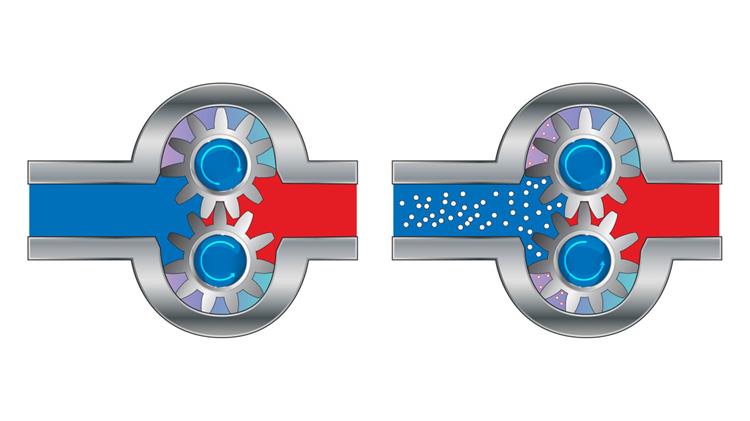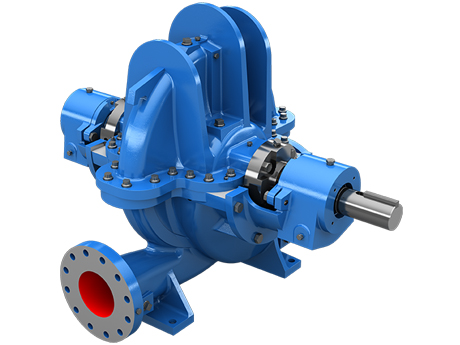Hydraulics is a field of engineering that deals with the design, construction, and operation of watercraft. As hydraulic engineers, we need to be familiar with a number of different terms and abbreviations related to hydraulics. In this article, we will discuss the meaning of CC in hydraulics and how it can help you in your work.
The term “CC” refers to the “centrifugal clutch”, which is a type of friction clutch used in hydraulics. When you depress the clutch pedal, the centrifugal force causes the disk to spin and engage the gear teeth. This prevents the engine from turning until you release the pedal.
CC is typically used in applications where high torque demand is required, such as in tractor engines or marine engines. It provides increased performance compared to other types of clutches, which can be especially important in high-speed applications.
In hydraulics, CC is also known as a “centrifugal clutch release”. This term is used to distinguish it from the “centrifugal clutch engage” signal, which is used to indicate that the clutch has engaged.
CC is an important abbreviation in hydraulics, and it can be used in a number of different ways. For example, it can be used to refer to the centrifugal clutch itself, or it can be used to refer to the release signal for the centrifugal clutch.
CC is an important abbreviation in hydraulics, and it can be used in a number of different ways.
What is hydraulics?
hydraulics is the study and use of fluids under pressure. In hydraulics, pressure can be a result of the weight of the fluid, the atmospheric pressure, or the force of a liquid flowing through a pipe. Hydraulic fluids can be used in factories, homes, and cars.
Hydraulic fluid is used in a variety of applications, including airplane and helicopter landing gear, agricultural machinery, factories, and cars. In an airplane, hydraulic fluid powers the landing gear. In a car, hydraulic fluid is used to move the car.
Hydraulic fluids are also used in agricultural machinery, factories, and homes. In a factory, hydraulic fluid is used to move objects. In a home, hydraulic fluid is used to move objects inside the home.

What is CC?
CC stands for Compressibility Chart. It is a chart that shows the compression ratio of various fluids at different temperatures. This chart can be used to choose the right fluid for a particular application.
CC is also known as the Henry Chart.
How does CC work in hydraulics?
CC stands for circumferential flow. CC is a principle in fluid dynamics that states that a fluid will circulate around an object orifice in a clockwise direction. This is beneficial because it ensures that the fluid remains evenly distributed and doesn’t build up on the walls of the orifice.
CC is also responsible for the formation of vortices. These are swirling masses of fluid that can cause dramatic changes in direction and speed. They’re often seen in waterfalls, whirlpools, and other turbulent areas.
What does CC stand for in hydraulics?
CC stands for continuousCharacteristic. It is a measurement used in hydraulics to indicate how much fluid moves through an object per unit time.
When is CC necessary?
CC stands for critical flow. In hydraulics, CC is necessary when the rate of flow through a valve or pipe is greater than the rate at which the fluid can be discharged. This means that if the fluid can’t escape quickly enough, it will build up in the valve or pipe, potentially causing damage.
CC is also necessary when the valve or pipe is subject to high pressures. If the pressure gets too high, the fluid can start to boil, and that could cause serious damage.
What are the benefits of using CC?
cc stands for closed circuit control. This is a method of controlling hydraulic systems by transmitting information through closed circuits, which eliminates the need for open communication between controllers. This can lead to increased reliability and accuracy in the system, as well as decreased downtime.
Another benefit of using CC is that it can be used to monitor and control multiple hydraulic systems from a central location. This can help manage and optimize the system, as well as improve overall efficiency.

How Does CC Affect Hydraulic Systems?
When referring to hydraulic systems, “CC” stands for “crankcase compression.” CC is a measure of the pressure inside the crankcase of a engine or pump. The higher the CC, the greater the pressure. When hydraulic systems are working, they require a high CC to operate correctly. Low CC can cause failures in hydraulic systems.
CC is important because it affects how much oil a engine or pump can take in and dispense. Hydraulic systems use oil to move fluid between different parts of the system. When there’s too little oil available, it can cause pumps to overwork and engines to break down. High CC levels also help engines run more efficiently by keeping them running at their peak performance.
CC levels can be affected by a number of factors, including the condition of the engine or pump, the temperature inside the system, and the type of fluid being circulated. It’s important to keep CC levels high whenever possible to ensure that hydraulic systems operate correctly.
Conclusion
Hydraulic pressure is the force that develops when a fluid flows through an opening or between two surfaces. In hydraulics, the fluid is often air, but it could also be water, oil or any other liquid. The pressure in hydraulic systems can be very high; for example, on some bridges, the pressure at the top of each tower can be more than one million pounds per square inch (psi).
CC stands for circumferential flow. CC is a principle in fluid dynamics that states that a fluid will circulate around an object orifice in a clockwise direction. This is beneficial because it ensures that the fluid remains evenly distributed and doesn’t build up on the walls of the orifice.
CC is also responsible for the formation of vortices. These are swirling masses of fluid that can cause dramatic changes in direction and speed. They’re often seen in waterfalls, whirlpools, and other turbulent areas.
When hydraulic systems are working, they require a high CC to operate correctly. Low CC can cause failures in hydraulic systems.
CC levels can be affected by a number of factors, including the condition of the engine or pump, the temperature inside the system, and the type of fluid being circulated. It’s important to keep CC levels high whenever possible to ensure that hydraulic systems operate correctly.
What does CC mean in hydraulics,please click topkitparts see more
